The dawn of a new era in robotics was showcased at CES 2024 in Las Vegas, where Kepler Exploration Robot Co., Ltd. unveiled its pioneering Forerunner series.
CES 2024, one of the world's premier technology events, serves as a global stage for the latest innovations and cutting-edge developments. This year's event was particularly notable for its significant Chinese representation, with over 1,100 Chinese companies among the 4,000+ exhibitors.
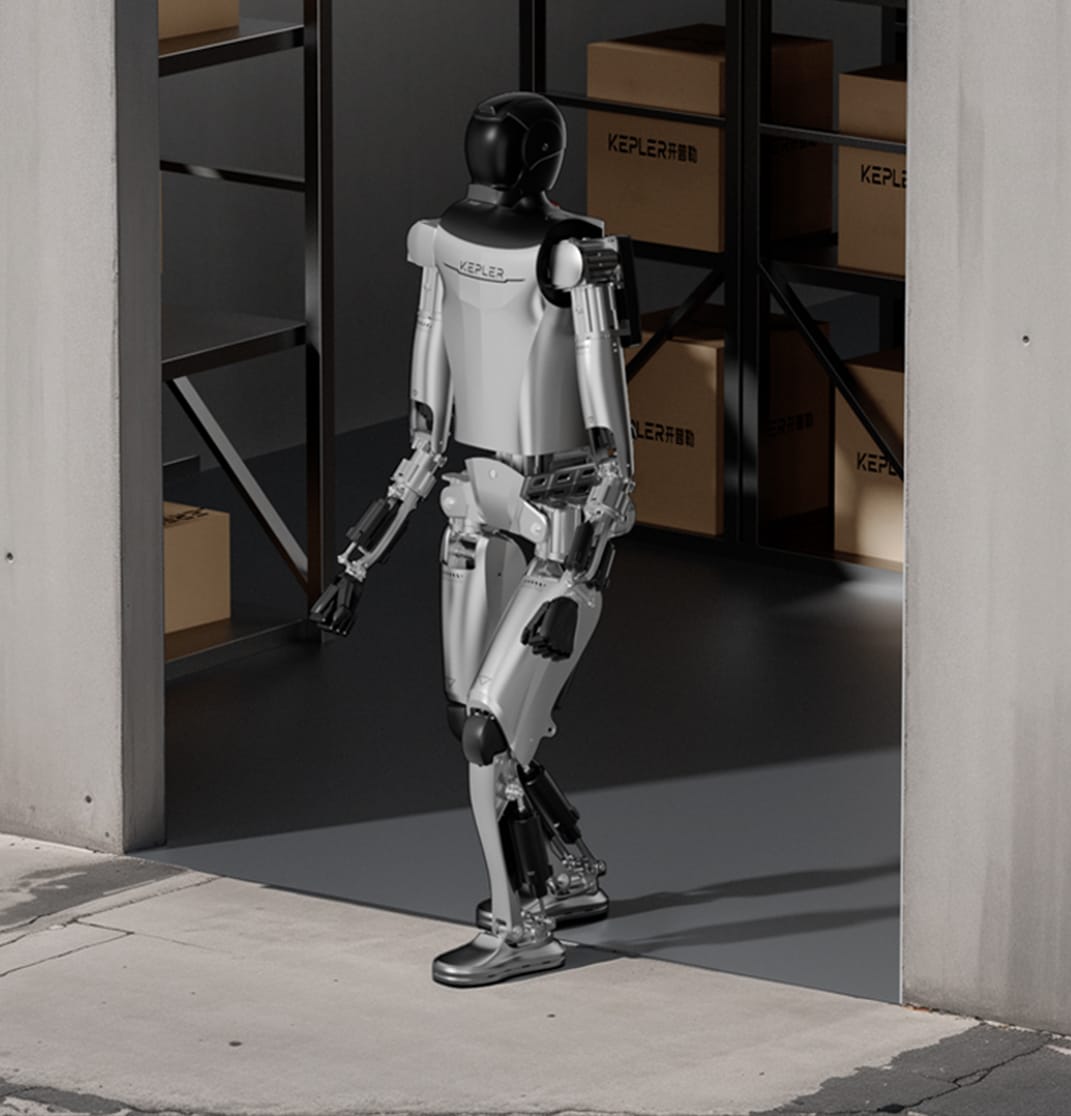
Kepler's debut marked a pivotal moment. As a newly founded company, Kepler's presence and the immediate industry buzz around its Forerunner series highlighted both the growing influence of Chinese tech firms and the rapid advancements in robotics.
The Grand Reveal at CES 2024
The 2024 Consumer Electronics Show (CES) in Las Vegas buzzed with innovation from over 4,000 exhibitors. With a whopping 25% of the show floor dedicated to Chinese companies, the global tech scene was on full display. But amidst the dazzling screens and cutting-edge gadgets, one unveiling stole the show: Kepler's Forerunner series of humanoid robots.

Kepler Makes a Splash
This year marked Kepler Exploration Robot Co.'s grand entrance onto the world stage. Their debut at CES wasn't a simple booth; it was a launching pad. The Forerunner series captivated industry leaders, media personnel, and anyone with a fascination for the future of robotics. Kepler's commitment to groundbreaking technology and world-class engineering was evident in every aspect of the Forerunner's design and capabilities.
Industry A-List Takes Notice
The Kepler booth became a magnet for the biggest names in tech. Here's a glimpse of the high-profile attendees who got a firsthand look at the Forerunner series:
| Company | Visitor | Title |
|---|---|---|
| Microsoft | Satya Nadella | CEO |
| Microsoft | Vice President | Windows and Devices |
| Nvidia | Head of Project Management | Project Management |
| Nvidia | Ecosystem Representatives | N/A |
| Australian TV Networks | Team | N/A |
| Sanctuary AI (Canada) | Engineers | Humanoid Robotics Firm |
| Tesla (Optimus Project) | Experts | N/A |
| Google DeepMind | Delegation | Researchers |
| MIT | Researchers | N/A |
Debo Hu, Co-founder and Vice President of Kepler, personally introduced this distinguished guest list to the Kepler Humanoid Robot. This act underscored the significance of the Forerunner's debut and the potential impact it could have on the world of robotics.
Technological Marvels of the Forerunner Series
Kepler didn't just enter the robotics scene with a splash, they launched a tidal wave of innovation. The Forerunner series boasts a combination of cutting-edge features that redefine what's possible in humanoid robots. Let's delve into the marvels that make these machines so groundbreaking.
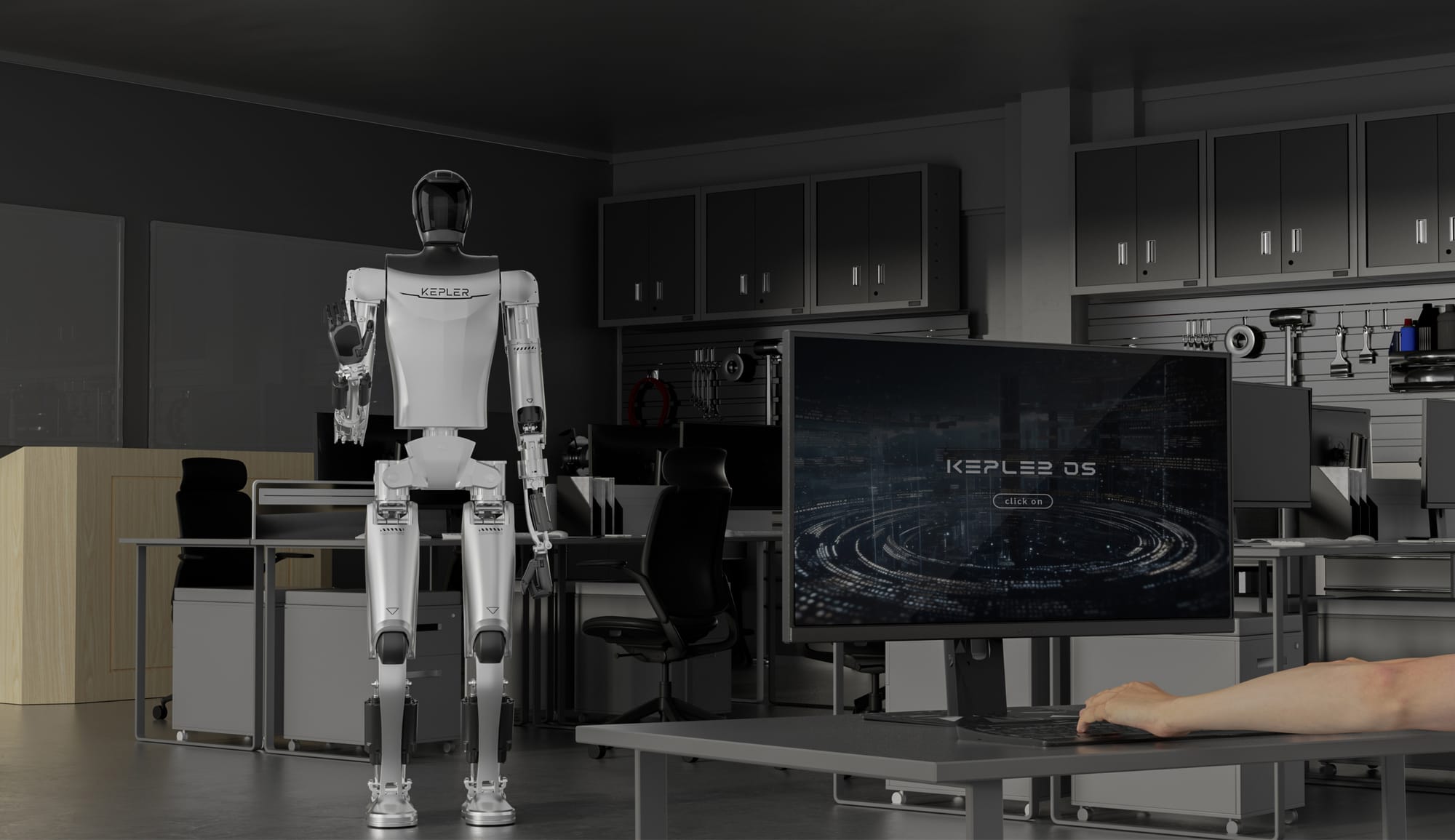
Innovative Features:
Planetary Roller Screw Actuator (Proprietary):
This revolutionary actuator design replaces traditional methods with a system offering superior torque, precision, and efficiency. Imagine the difference between a clunky wind-up toy and a smooth, responsive racing car. That's the leap in movement this actuator provides, allowing the Forerunner to perform delicate tasks and navigate complex environments with unparalleled control.
Intelligent Dexterous Hand:
Forget the clunky grippers of yesteryear. The Forerunner's hand is a marvel of engineering, equipped with multiple, high-precision, force-feedback sensors. This allows the robot to grasp objects of varying sizes and shapes with exceptional dexterity, mimicking the human hand's ability to manipulate the world around us.
NEBULA System (Neural Emulation and By-pass Learning Architecture):
The brain behind the brawn. NEBULA is a next-generation AI system that goes beyond simple programming. It allows the Forerunner to learn and adapt in real-time through a process similar to how the human brain forms neural pathways. This enables the robot to continuously improve its performance and handle unforeseen situations with remarkable flexibility.
Kepler displays the intricacy of its humanoids
Model Specifications:
The Forerunner series isn't a one-size-fits-all solution. Kepler offers three distinct models, each tailored for specific applications:
- K1: The "Optimus" of the Forerunner line, the K1 is a powerhouse built for heavy-duty tasks. This robust model boasts exceptional strength, making it ideal for construction, industrial settings, and disaster relief scenarios.
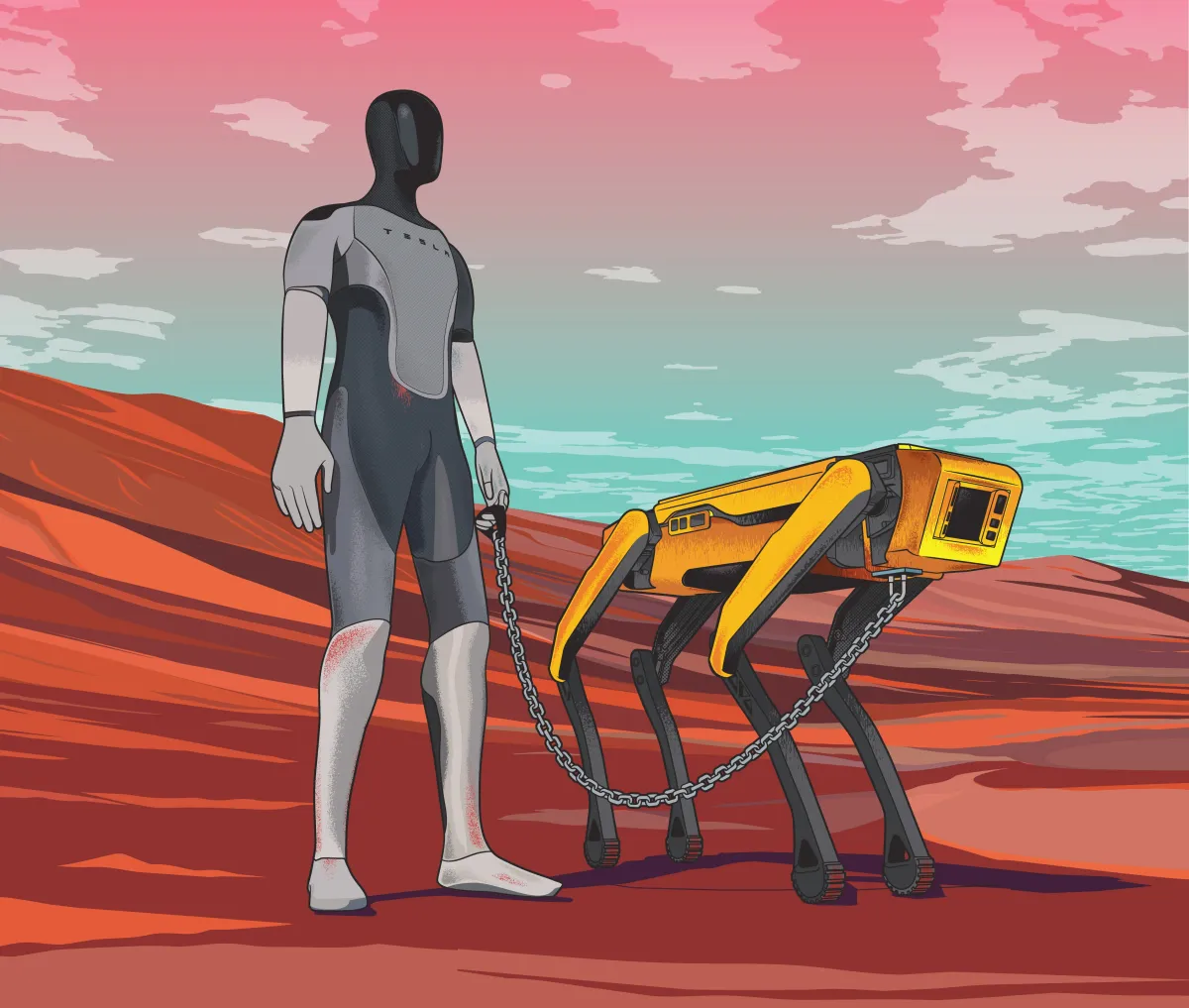
need a refresh on optimus?
- S1: Think of the S1 as the "Atlas" Designed for agility and maneuverability, this sleeker model excels in tasks requiring precision and speed. It's perfect for exploration, search and rescue operations, and navigating tight spaces.
- D1: The "Da Vinci"(master artist, scientist, and engineer) of the Forerunner trio, the D1 prioritizes dexterity and human-like interaction. Its advanced hand capabilities make it ideal for tasks requiring intricate manipulation, such as healthcare, laboratory work, and delicate manufacturing.
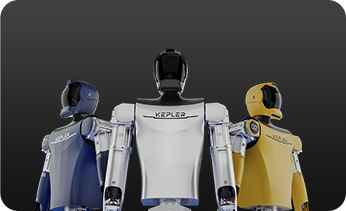
| Model | Height | Weight | Key Features | Primary Application |
|---|---|---|---|---|
| K1 | 178 cm | 85 kg | Versatile applications, advanced mobility | Education, research, public interaction |
| S1 | 178 cm | 85 kg | Enhanced precision, superior load capacity | Industrial automation, material handling |
| D1 | 178 cm | 85 kg | High dexterity, intelligent hand with 12 degrees of freedom | Emergency services, complex inspections |
Software Integration:
The NEBULA system doesn't operate in a vacuum. It seamlessly integrates with the Forerunner's software suite, allowing for real-time interaction with the environment. Here's how NEBULA enhances the robot's capabilities:
Sensor Fusion:
NEBULA combines data from the robot's various sensors (cameras, LiDAR, etc.) to create a comprehensive understanding of its surroundings. This allows the robot to react and adapt to situations as they unfold.
Real-time Learning:
NEBULA continuously processes information and experiences, constantly refining the robot's decision-making capabilities. This ensures the Forerunner becomes more adept at handling new situations and challenges over time.
Intuitive User Interface:
NEBULA facilitates a user-friendly interface for human operators. Users can provide high-level instructions, and NEBULA translates them into specific actions the robot can execute within the perceived environment.
With its innovative features, diverse models, and intelligent software integration, the Forerunner series sets a new benchmark for humanoid robots. It's a glimpse into a future where humans and machines collaborate seamlessly, pushing the boundaries of what's possible.
Multi-Scenario Applications and Market Potential
Kepler's humanoid robots are designed for a wide array of versatile applications, making them indispensable across various sectors. From education and research to emergency services and industrial automation, the Forerunner series is equipped to handle diverse tasks with precision and efficiency.
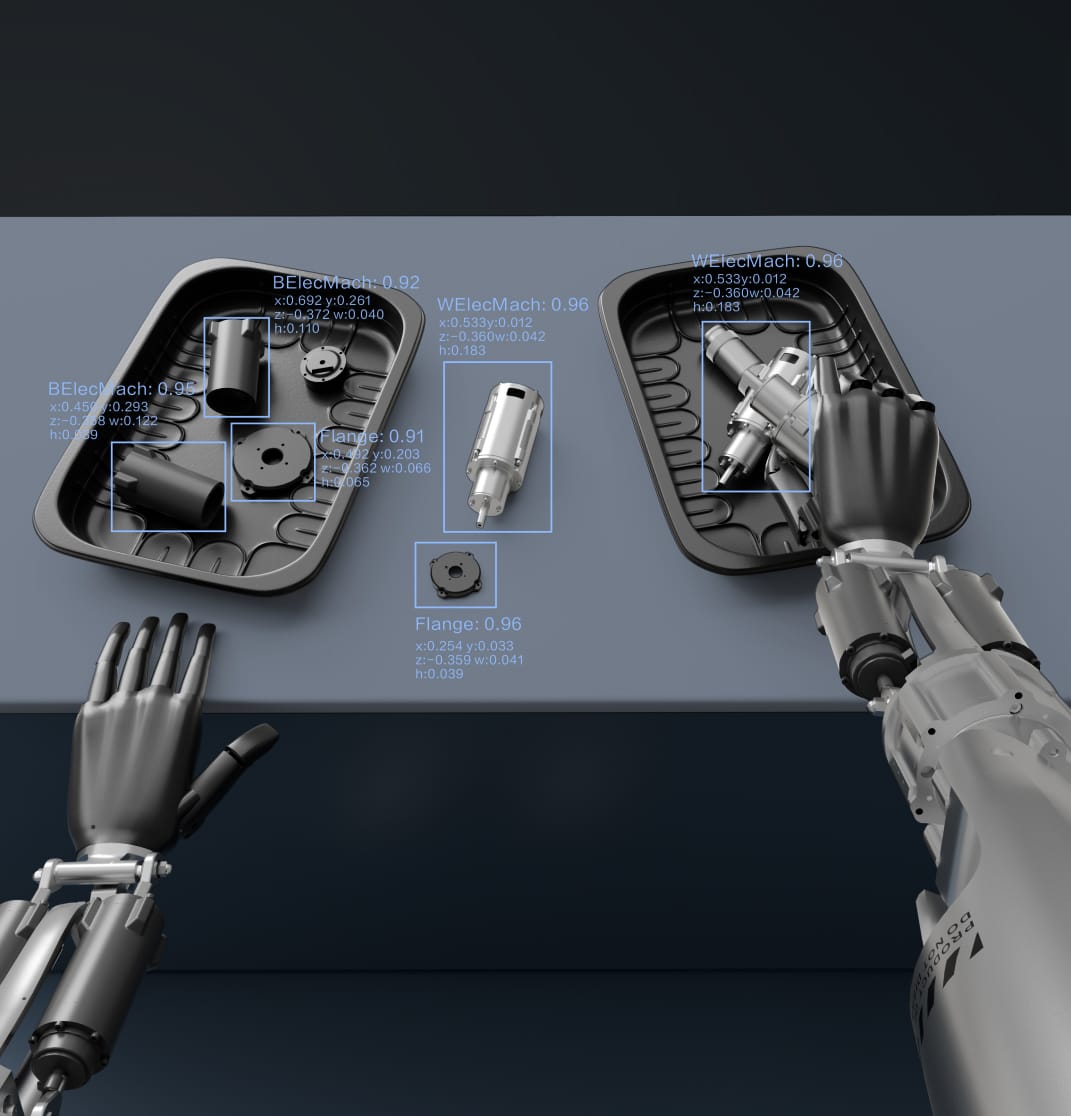
In education, these robots can serve as interactive teaching aids, while in research, they assist with complex experiments and data collection. The Forerunner robots are also ideal for automated production lines, ensuring intelligent material handling and boosting productivity.
In emergency services, they can perform complex environment inspections and rescue operations, showcasing their adaptability and reliability.
Customization and Flexibility
One of Kepler’s standout features is the ability to offer customized robots tailored to specific customer needs. This flexibility allows Kepler to cater to a broader range of applications, from outdoor safety operations to the detection of concealed safety hazards.
By providing bespoke solutions, Kepler ensures that its robots can meet the unique requirements of each client, enhancing their operational capabilities and efficiency.
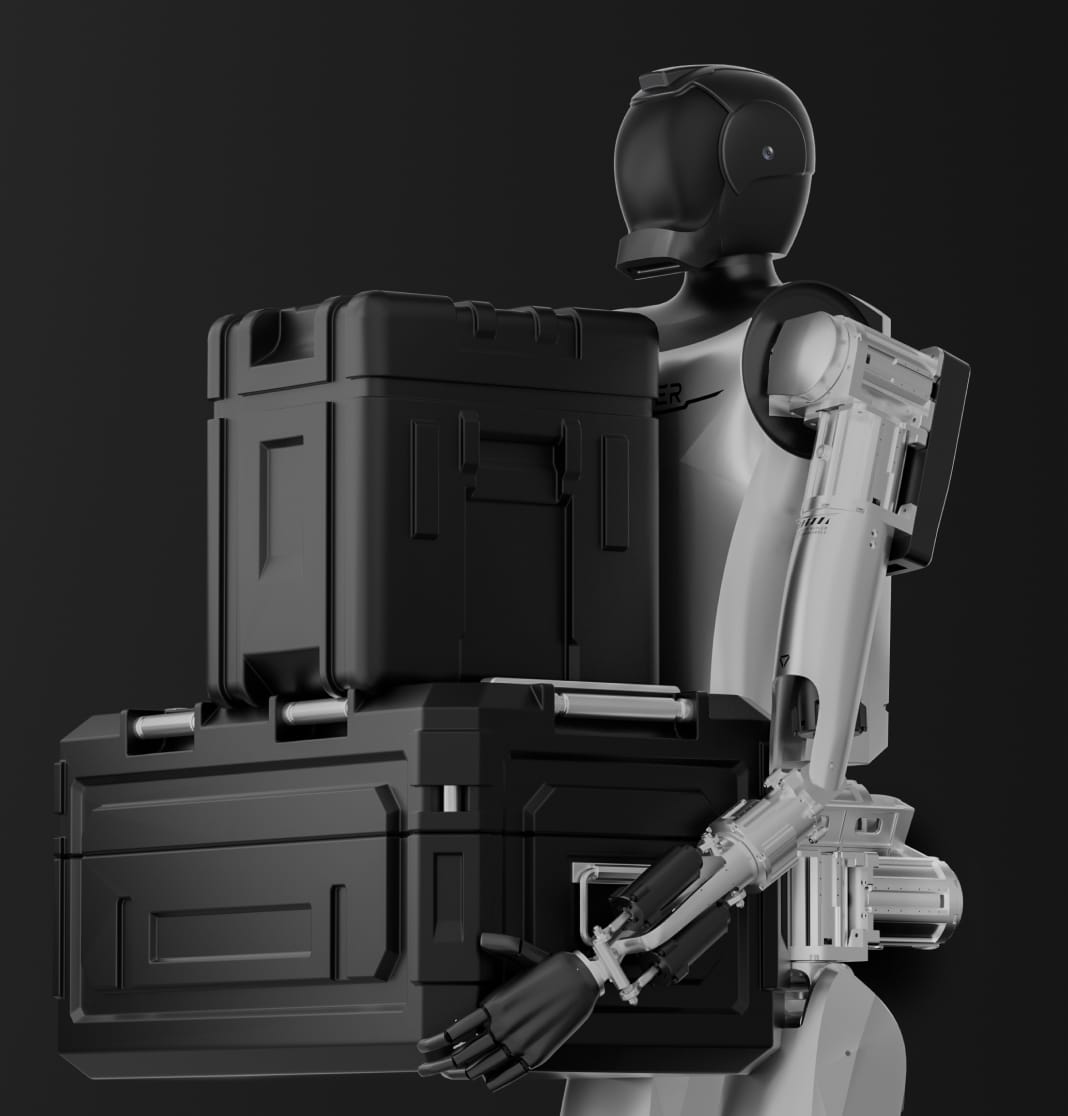
Market Readiness
Kepler is well on its way to achieving mass production of its humanoid robots, with plans set to commence in the second half of 2024. The company has outlined an estimated retail price range of $20,000 to $30,000, positioning itself as a competitive force in the market.
This pricing strategy is designed to make advanced robotics technology more accessible to a wider audience, from educational institutions to industrial firms. By offering high-quality robots at competitive prices, Kepler shows potential to lead the market and drive the commercialization of humanoid robots.
The Future of Humanoid Robotics: Kepler's Vision and Industry Impact
The Forerunner series isn't just a product launch; it's a commercialization milestone for humanoid robots. Here's how Kepler is poised to reshape the industry:
Breaking New Ground
The humanoid robot market has been dominated by research and development, with limited real-world applications. Kepler's Forerunner series, with its focus on practicality and affordability, represents a significant step towards bringing these robots into commercial use.
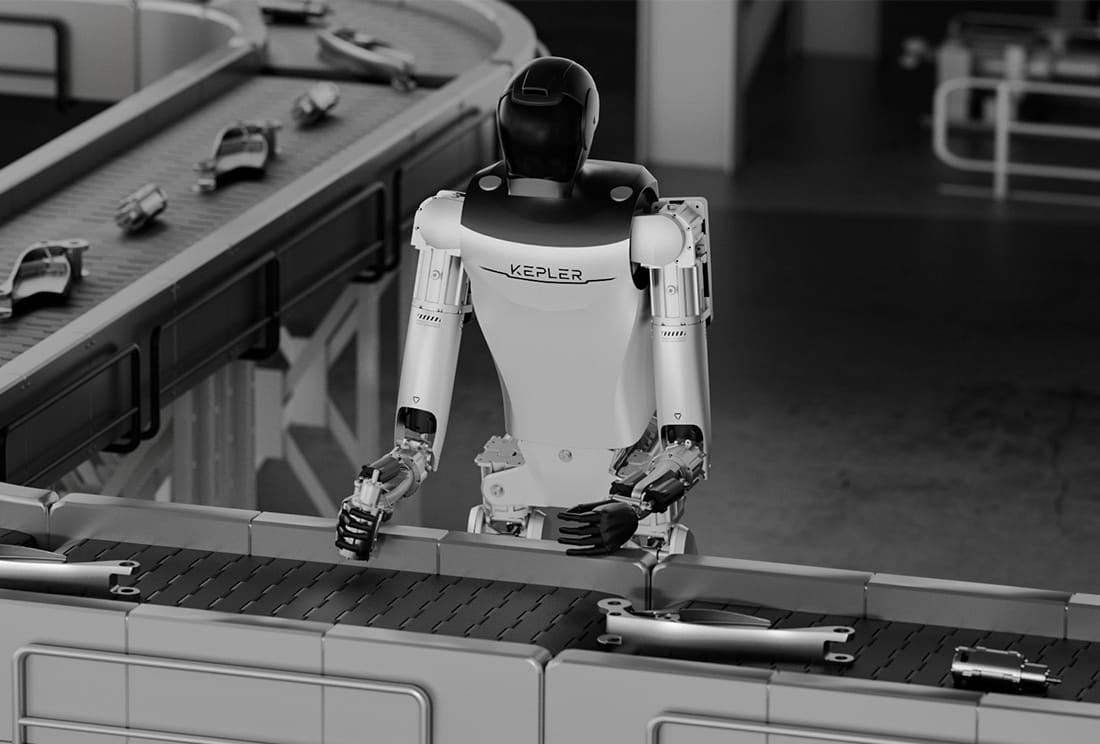
Collaborative Innovation
Kepler understands that true breakthroughs often come from collaboration. That's why they're introducing Kepler OS, an open-source platform designed for global developers. This platform allows programmers to create custom applications and functionalities for the Forerunner series, further accelerating innovation and expanding the robot's capabilities.
A Brighter Future
While the Forerunner series marks a significant leap, Kepler is dedicated to driving long-term advancements in humanoid robotics. They're committed to continuous research and development, pushing the boundaries of what these machines can achieve.
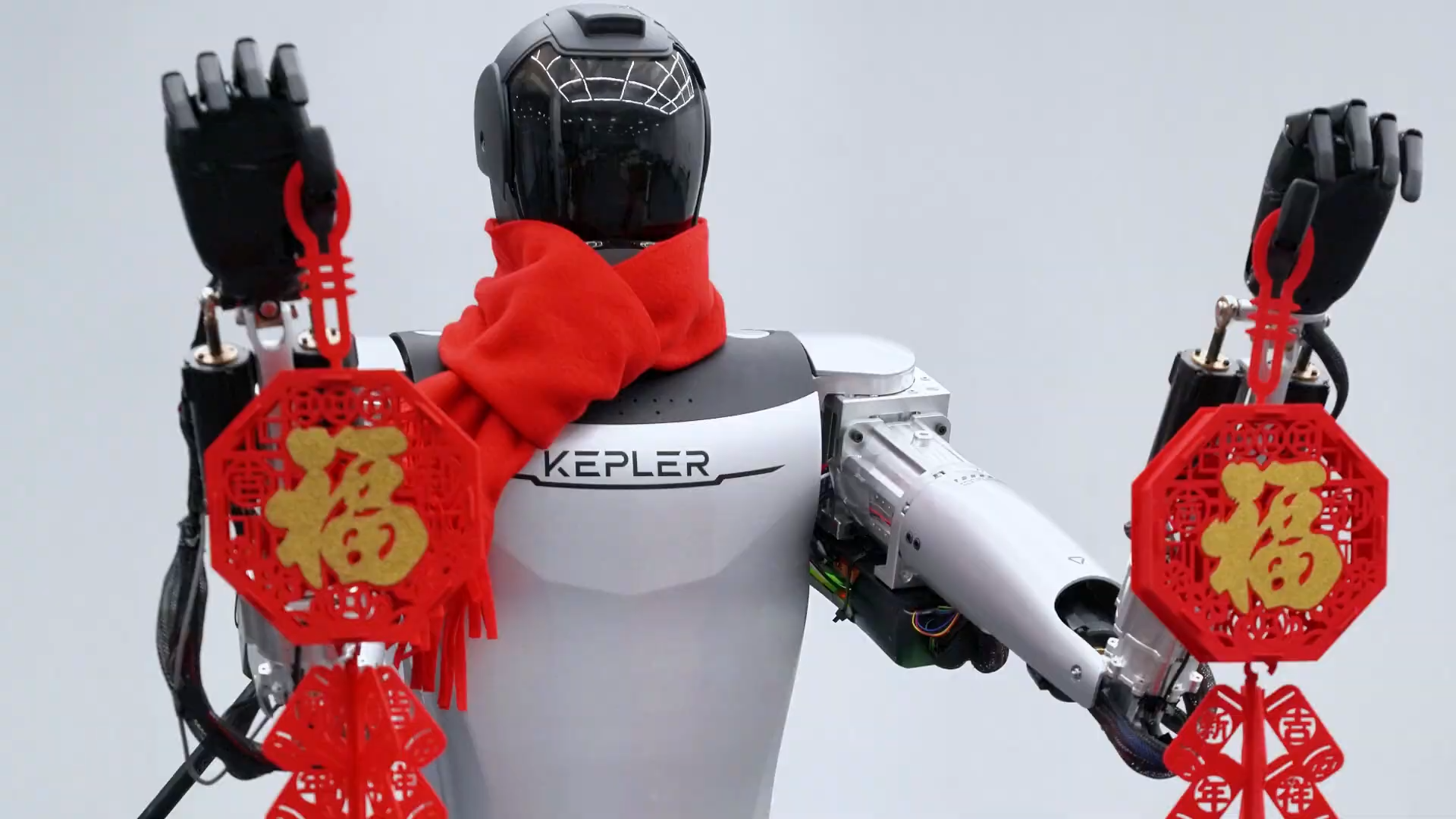
This dedication, combined with the power of Kepler OS, has the potential to fuel a surge in the global humanoid robot market, impacting various sectors like manufacturing, healthcare, and logistics.
By making humanoid robots commercially viable and fostering collaboration, Kepler is setting the stage for a future where humans and machines work together, creating a world of exciting possibilities.
So, are you ready to welcome your own robot companion into your life? The future is here, and it's looking more fascinating (and helpful) than ever! 💪🤖 - Giada



